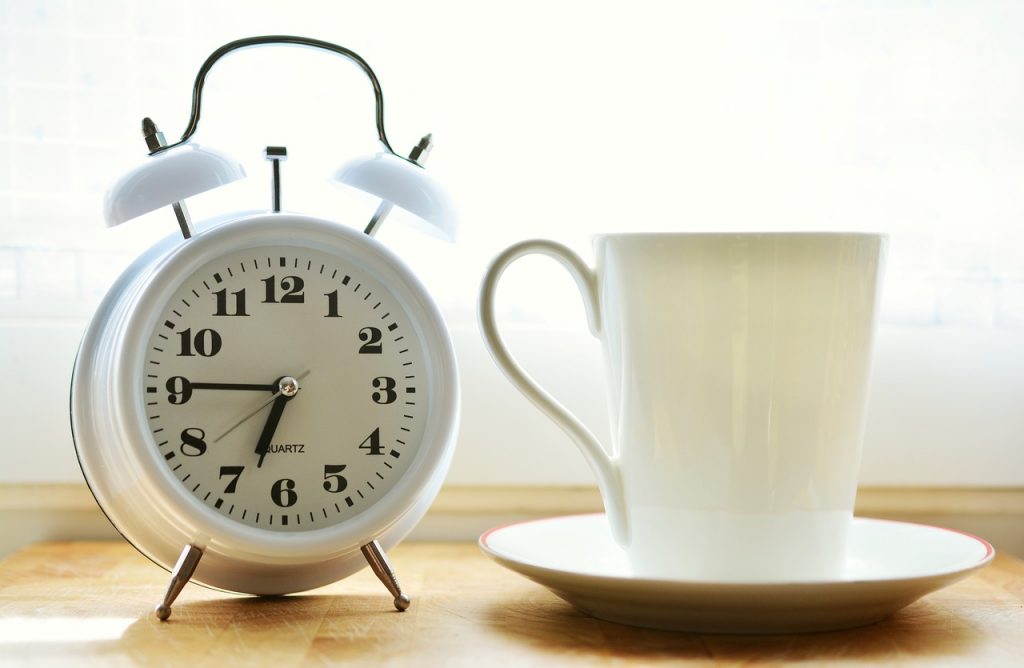The Best Ways To Handle The Daylights Savings Time Switch
Daylight savings can really wreak havoc with one's internal schedule. To ensure an easy transition, get more sleep in the days leading up to the time shift, engage in relaxing activities, avoid consuming caffeine after noon, and avoid drinking alcohol before bed.
This article is more than 2 years old

With springtime daylight savings just around the corner and an hour less to look forward to this Sunday, you may be anxious about how you will adjust to this new sleeping pattern . Even though this adjustment happens every year, it never gets any easier.
Even though it is just one hour less, a human’s sleep pattern is so sensitive that that little change can cause distributions in our sleep quality for quite some time after. When people experience sleep loss, there is an increased risk of health problems, including heart attack, stroke, and high blood pressure. Also, the probability of personal and workplace accidents increases.
So how can people help with the adjustment to daylight savings? By taking some simple steps, you can prepare for the change in your sleep pattern and receive minimal effects.
In the week leading up to the daylight savings change, do not be in “sleep debt”. Make sure that you and your family receive the correct amount of sleep. For adults, seven to nine hours of sleep should be sufficient to perform optimally throughout the day. While for children, there is a wide variation of optimum sleep times depending on their age.
To combat the loss of sleep, both adults and children should go to bed between fifteen and twenty minutes earlier the week before daylight savings. Making a small adjustment to your sleep schedule will result in you going to bed earlier, so the change in your sleep pattern won’t be so severe.
The day before daylight savings, try to wake up an hour earlier; if you cannot make the small changes to your sleep schedule during the week, then when the change happens, you will not be in a sleep deficit.
Light is one of the main factors that contribute to our body clock. When you start waking up slightly earlier in the week before daylight savings, expose yourself to a bright light when you wake, this will reset your internal clock correctly. Natural light is preferable, but if it is not available, then artificial light will also work. As we move from spring into summer, this will become less of an issue as the sun rises earlier.
Before going to bed, reduce the exposure to bright light from screens or lights, as this light exposure can be enough to change your internal clock. In some locations, it may be helpful to invest in blackout curtains if there still is a lot of light in your room at your bedtime.
The night before daylight savings occurs, set yourself up for a good night’s sleep by incorporating relaxing activities that help wind you down and relax before falling into a deep, undisturbed sleep. Activities like meditating, reading a book and taking a bath are all great to do just before bedtime. Any exercise should be performed in the morning rather than at night.
In the week before daylight savings, be mindful of what you eat. Try to incorporate a protein-rich breakfast, stop drinking caffeine after noon and decline that glass of wine before bed. Making these adjustments should help to reduce the probability of a sleep hangover occurring because of the switch in daylight savings.



